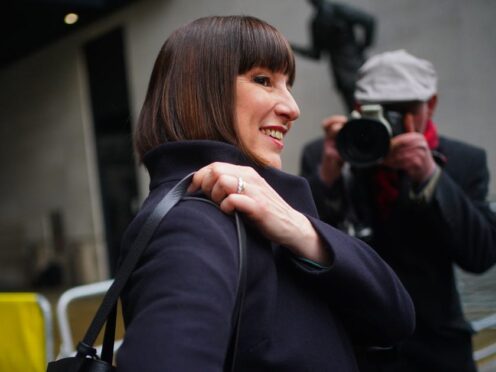The shadow chancellor believes Labour can usher in a “new chapter in Britain’s economic history”.
Addressing the business and economic community, Rachel Reeves said she would “reject managed decline”.
Here, the PA news agency outlines Labour’s economic policy as it stands and potential challenges ahead if the party wins the next general election.
– How has Labour sold its economic credentials to the electorate?
With the Conservative Party historically more trusted on the economy and stewardship of public finances, Labour has had to work hard to assert its position as a plausible alternative, and insists growth is its number one priority.
When discussing economic policy, senior Labour MPs stress the need for stability and caution, the importance of a steady hand and a level head, and a determination to stick rigidly and responsibly within balanced rules applied to tax and spending.
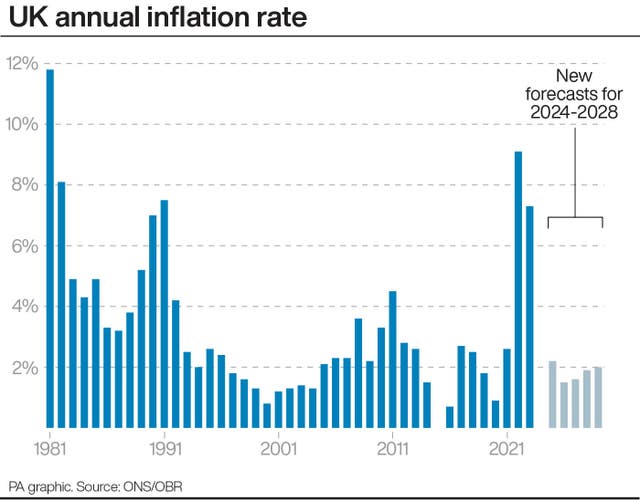
With the economy always a major factor in a general election, polls suggest Labour’s approach is working, with Ms Reeves relentless in her pro-business rhetoric and air of steely authority.
However, Labour has clearly benefited from the prolonged economic instability under the current Government, with many voters still struggling in a cost-of-living crisis clearly showing an appetite for a change in approach.
– What are Labour’s big-picture aims for the economy?
With a need to inspire as well as reassure the electorate, the shadow chancellor has been careful to balance caution with a big ambitions for the economy.
At the top of Labour’s list of five “missions”, which are central to its campaign and plans for government, is to get the UK’s economic growth to the highest sustained level in the G7 by the end of Labour’s first term.
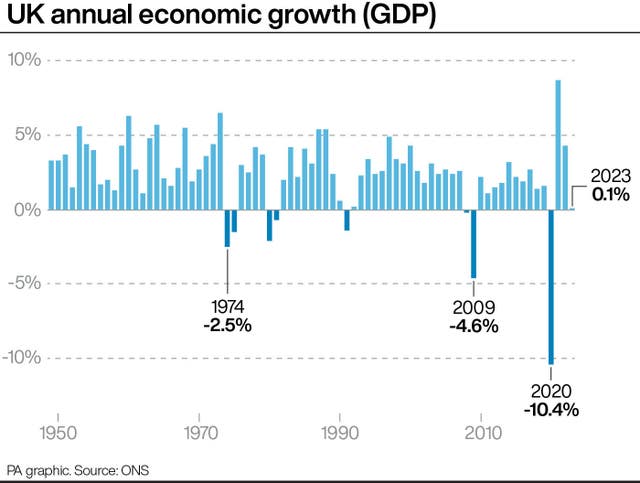
This challenge is a significant one considering long-term sluggish growth in the UK economy and global economic and geopolitical instability.
The key to success, Labour says, is a “powerful new approach” referred to as “securonomics”.
– What is securonomics?
In a speech in Washington on the subject last year, Ms Reeves said securonomics “focuses on the economic security of a nation” by prioritising “economic strength and resilience in the face of an uncertain world”.
She emphasised the importance of stable and manageable household finances, as she praised US President Joe Biden’s economic policies which are based on a “more active state” which focuses on “selecting the areas where America must guarantee its ability to produce what America needs”.
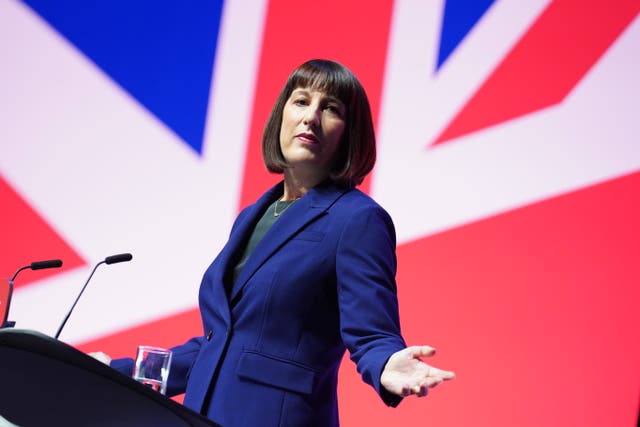
While the state must intervene, it must work in “partnership with a dynamic open market”, she added.
Although details can be obscured by the jargon, securonomics suggests a sharp focus on domestic needs and opportunities and a rejection of what the shadow chancellor called “the hyper-globalisation of old”.
In a bid to draw a clear line between Labour and the Government, Ms Reeves said Jeremy Hunt had rejected the approach as a “distortive global subsidy race”.
– How does Labour plan to boost economic growth?
Labour has a five-point plan to deliver growth through this securonomics approach.
Firstly, the party has said it will “put economic stability first” by introducing a “new fiscal lock”.
This would legally guarantee any significant tax and spending changes must be reviewed by the Office of Budget Responsibility to avoid the chaos caused by the mini-budget in 2022, which was announced without expert forecasts under Liz Truss’s premiership.
Labour has also committed to one major fiscal event a year, in what is seen as a positive step by experts.
There has been a tendency recently for the Government to have multiple fiscal events per year, which the Institute for Government said not only creates uncertainty but also consumes a lot of time which “limits its ability to develop policy well and with a long-term focus in a strategic way”.
– How is Labour looking to boost housing and infrastructure?
Labour’s plan includes a pledge to reform planning laws “to kickstart 1.5 million new homes, transport, clean energy, and new industries in all parts of the country”.
Sir Keir Starmer has said there will be “an immediate blitz of planning reform” in the early days of a new Labour government “to rescue the housing system”.
The party’s approach will strive to balance giving communities “power and voice” over local development with a process that enables those who question whether homes should be built to be challenged.
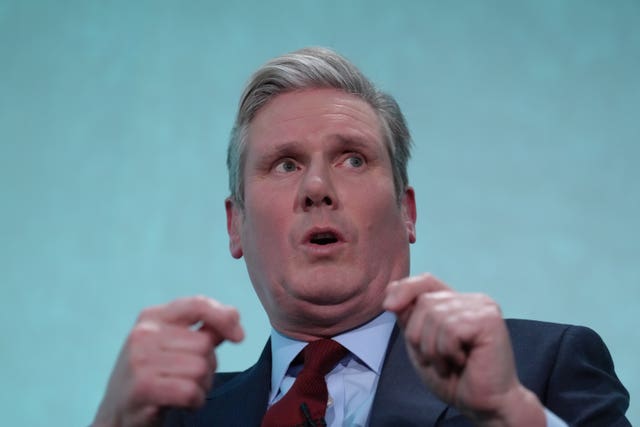
Labour said it will work with local authorities to agree local plans quickly with the help of hundreds of newly-recruited planners.
The party has also vowed to intervene in areas performing badly on housing delivery.
Meanwhile, Labour has promised to “deliver the biggest boost to affordable house building in a generation”, with reforms to the way funding is provided by developers for local infrastructure and creating more flexibility in the Affordable Homes Programme to free up money stuck in the system.
– What about support for businesses?
A key element of Labour’s approach has been to assure businesses that it would have a collaborative approach and provide certainty for the private sector.
A new industrial strategy is planned which the party says will be produced in partnership with businesses to “maximise Britain’s strengths”.
Labour also plans to create a “national wealth fund” to deliver private and public investment with a view to boosting jobs, which the party says will play a key role in the transition to net zero.
– What are Labour’s plans for improving skills and wages?
The party has said it would kick-start a “skills revolution”, with new technical colleges, high-quality apprenticeships and opportunities for training tailored to local needs.

A “new deal” for workers is also planned which would deliver what Labour has described as a “genuine living wage”.
Zero-hours contracts and “fire and rehire” would also be banned under current plans.
– What has happened to Labour’s green prosperity plan?
In 2021, Ms Reeves said a Labour government would deliver an additional £28 billion of capital investment every year to support the transition to net zero.
However, this green prosperity plan has not only been the focus of Tory attacks claiming it will lead to tax rises, but economic circumstances have forced the party to change its position.
The “additional” element of the investment has now been removed to be replaced by an indication that it will be increased over time, with the expectation that £28 billion a year will be reached by the second half of the next parliament.
The Labour leadership insists the prosperity plan remains central to its mission to grow the economy and the transition to clean power by 2030 by delivering billions in private sector green investment through the national wealth fund.
The party says the prosperity plan will still be funded by a windfall tax on oil and gas giants and through growth that stimulates “borrowing to invest”.
Labour insist the plan is consistent with the current fiscal rules, including a requirement for debt to be falling as a share of gross domestic product.
But Ms Reeves has repeatedly warned that Labour in power would inherit a huge public spending challenge due to mistakes made by the current Government.
Therefore, Labour’s economic plans, as well as investment in public services which also help drive economic growth, will remain under review as Labour seeks to avoid making promises that circumstances may dictate cannot be delivered.
